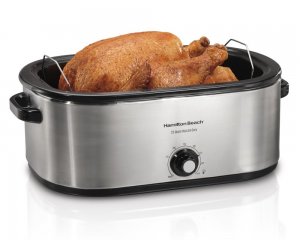fellas,
I’m new to smoking and just bought a Bradley digital 4 rack smoker.
I did 25 lbs of summer sausage with the LEM seasoning packet with Instacure. I used the 2 1/2” burgundy fibrous casings.
realized that I overloaded the smoker the first time with 20 pounds. It took almost 24 hours for the internal temperature to get to 160° . The 5 pound batch went much quicker in about 8 hours.
I have read different things about the desired internal temperature of summer sausage or other sausages.
I’ve read 160 degrees, 155 degrees and 152 degrees.
I just received the book by Rytek Kutas and have started to read it.
What is the best desired internal temperature for sausages? Using Instacure of course
Thanks for any helpful advice
I’m new to smoking and just bought a Bradley digital 4 rack smoker.
I did 25 lbs of summer sausage with the LEM seasoning packet with Instacure. I used the 2 1/2” burgundy fibrous casings.
realized that I overloaded the smoker the first time with 20 pounds. It took almost 24 hours for the internal temperature to get to 160° . The 5 pound batch went much quicker in about 8 hours.
I have read different things about the desired internal temperature of summer sausage or other sausages.
I’ve read 160 degrees, 155 degrees and 152 degrees.
I just received the book by Rytek Kutas and have started to read it.
What is the best desired internal temperature for sausages? Using Instacure of course
Thanks for any helpful advice
Last edited:






